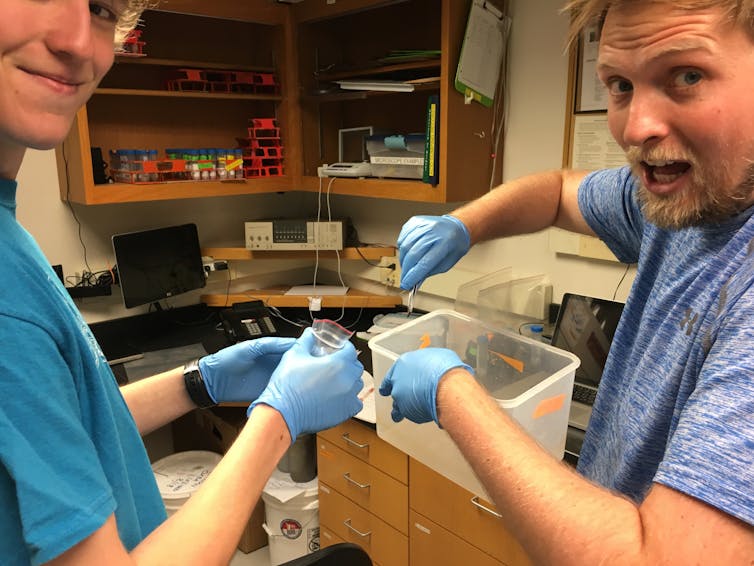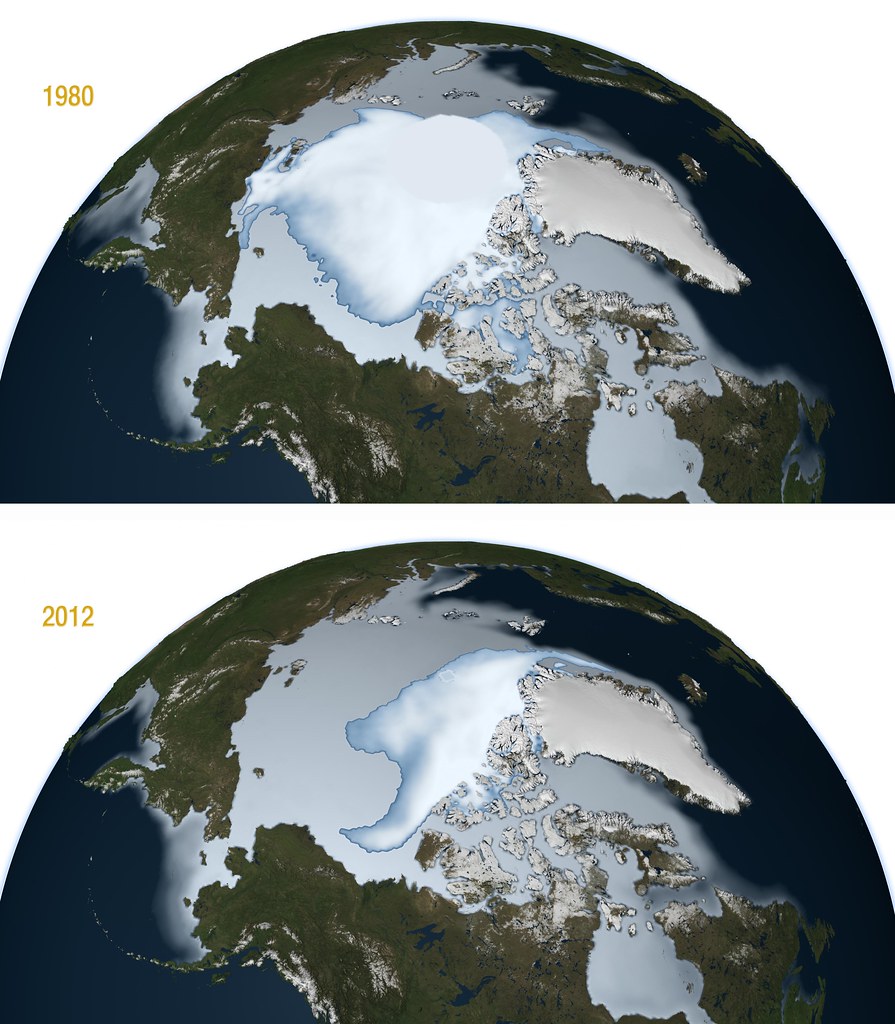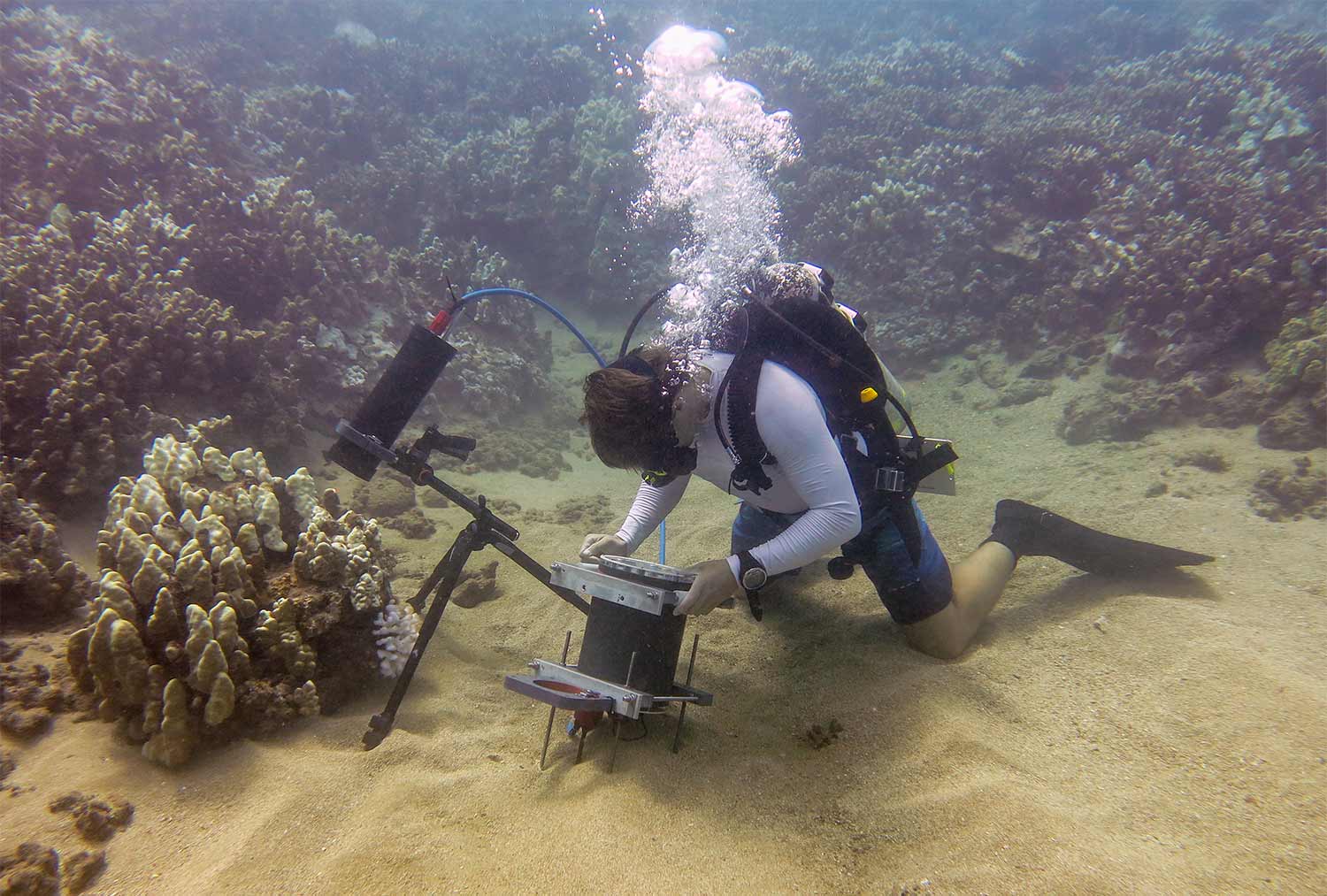1960s US Army project unearths Greenland ice sheet’s fragility
A decades-old nuclear research project uncovers proof that the Greenland ice sheet has melted before.
During the 1960s, a US Army project called “Project Iceworm” set out to determine if a nuclear weapon facility could be built under the one-mile-thick ice of Greenland. They drilled into the ice sheet at Camp Century, through the entire depth, to determine if this was feasible.

Workers building the snow tunnels at the Camp Century research base in 1960. Image Credit: U.S. Army Corps of Engineers
Spoiler alert: It wasn’t
The tunnels collapsed.
But that does not mean the experiment was not valuable. Fast forward more than 50 years, and “Project Iceworm” is back in the news. But this time, it has nothing to do with weapons and everything to do with the climate crisis.
As reported by Popular Science, science was part of the cover for Project Iceworm. “In 1966, in the middle of the Cold War, scientists extracted a nearly mile-long core of ice and sediment from Greenland’s ice sheet.
Since then, the samples from the ice core were stored at the University of Copenhagen’s ice core repository. The 12 inches of soil from the bottom of the ice core wasn’t studied until recently. The sample was sent to Dr. Andrew Christ at the University of Vermont. He found ancient plants and fossils in the soil sample.

Glacial geomorphologist Andrew Christ (right), with geology student Landon Williamson, holds up the first fossil twig spotted as they washed a sediment sample from Camp Century. Image Credit: Paul Bierman, CC BY-ND
Dating determined the samples were less than 1 million years old. This shows that the entire ice sheet has melted before, making it even more vulnerable to human-caused warming. The study was published in PNAS.
If all the ice on Greenland melts
“The study’s findings bolster evidence that Greenland’s ice sheet may have completely melted without the kind of human-caused warming the planet is experiencing now. This could mean that the Greenland ice sheet is really sensitive to changes in the climate,” says lead author Andrew Christ.

Maps of Greenland ice sheet speed and bedrock elevation. Image Credit: Yahoo News
Yahoo News stated, “With no ice sheet, sunlight would have warmed the soil enough for tundra vegetation to cover the landscape. The oceans around the globe would have been more than 10 feet higher, and maybe even 20 feet. The land on which Boston, London and Shanghai sit today would have been under the ocean waves.”
“If we continue to warm the planet uncontrollably, we could melt away the Greenland ice sheet and raise the sea level,” Christ told Poplar Science. “That would be very bad, because 40 percent of the global population lives within 100 kilometers of the coast. And 600 million people live within about ten feet of sea level rise.”
How MATLAB was used
According to the Washington Post, once the organic sediment was discovered, “The fossils were passed along to plant experts for further analysis, and Christ set about trying to determine when they might have grown.”
Christ used a technique called cosmogenic nuclide dating to calculate the plants’ age. This process estimates the amount of time rocks have been buried by analyzing particles created when materials are exposed to radiation from outer space.
The researchers reported, “Cosmogenic 26Al/ 10Be minimum total histories were modeled using MATLAB code from using the world-average production rate and scaling implemented in the CREp calculator.”
26Al (Aluminum-26) and 10Be (Beryllium-10) are commonly used for surface exposure dating since these nuclides are produced when cosmic rays strike (parent isotopes) oxygen-16 and silicon-28, respectively. The parent isotopes are common in the earth’s crust. CREp, from the University of Lorraine, France, is MATLAB code that computes Cosmic Ray Exposure (CRE) ages. Here is a link to the CRE calculator.
Findings are “scary”
“If we had found a much older age, it would have been impressive, but it might not have been as scary,” Christ told the Washington Post. “Because what we found means the ice sheet melted away and raised sea level within a climate system kind of like ours. That, as a climate scientist, has more gravity.”









Comments
To leave a comment, please click here to sign in to your MathWorks Account or create a new one.